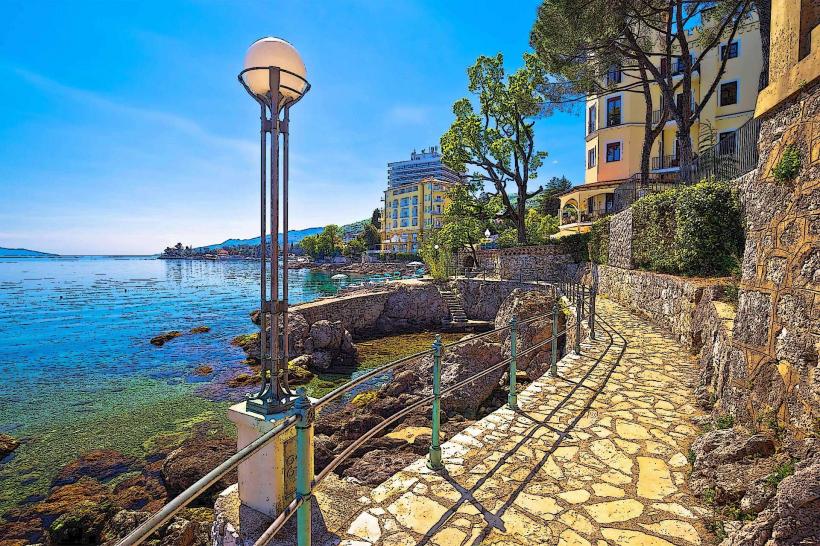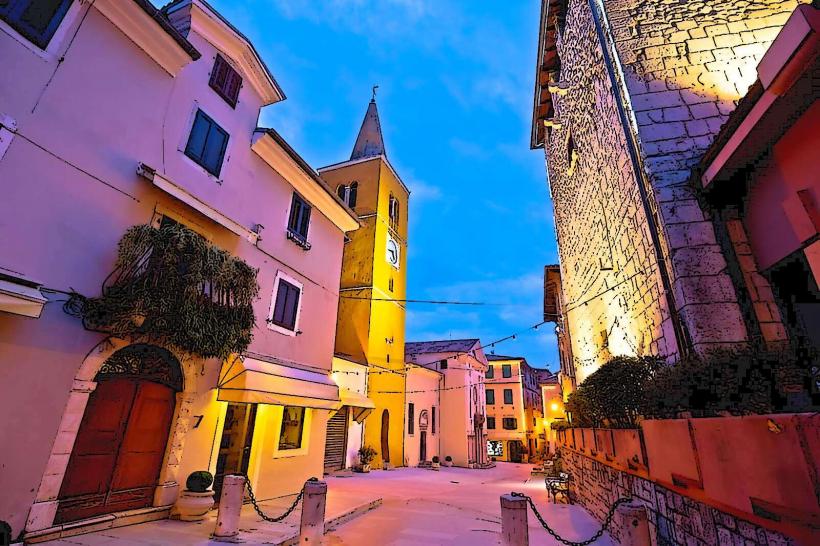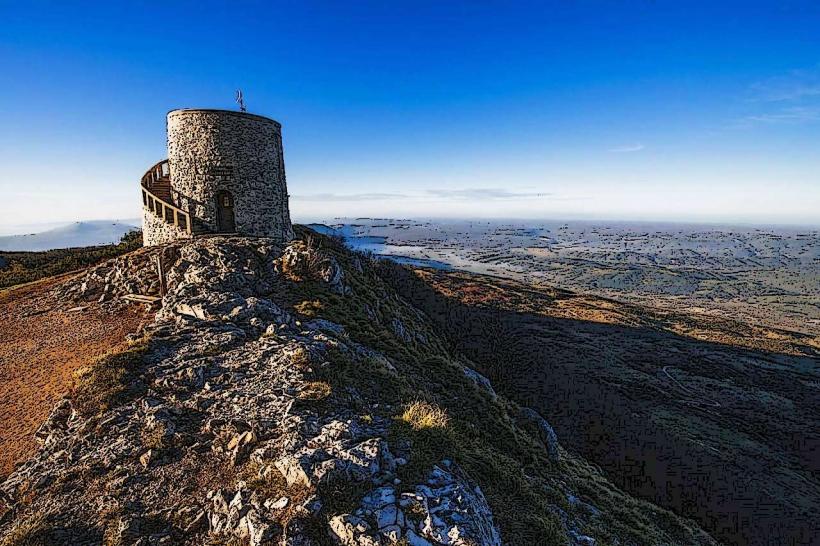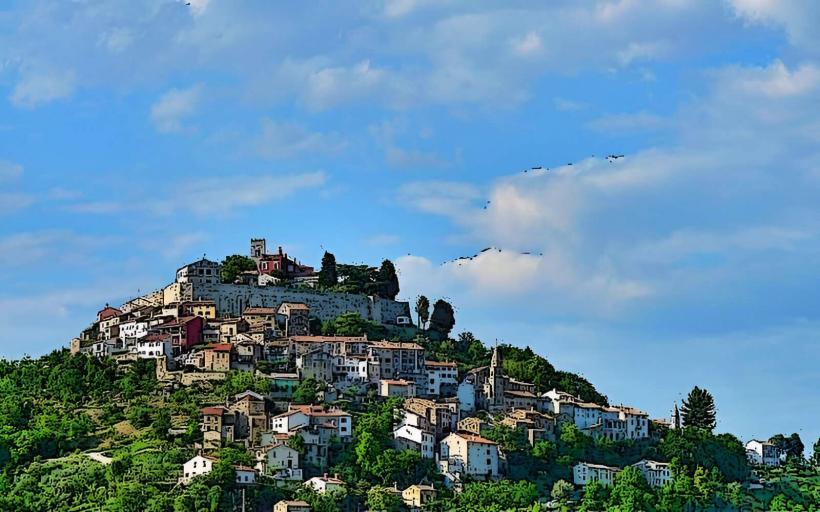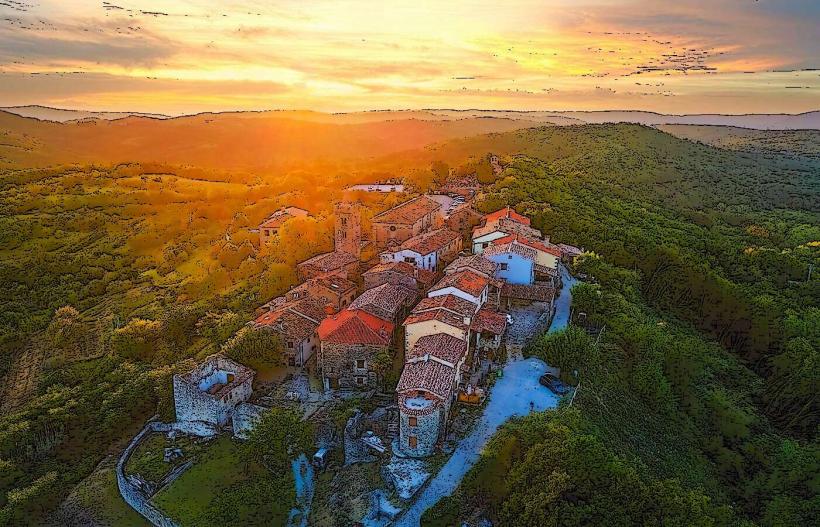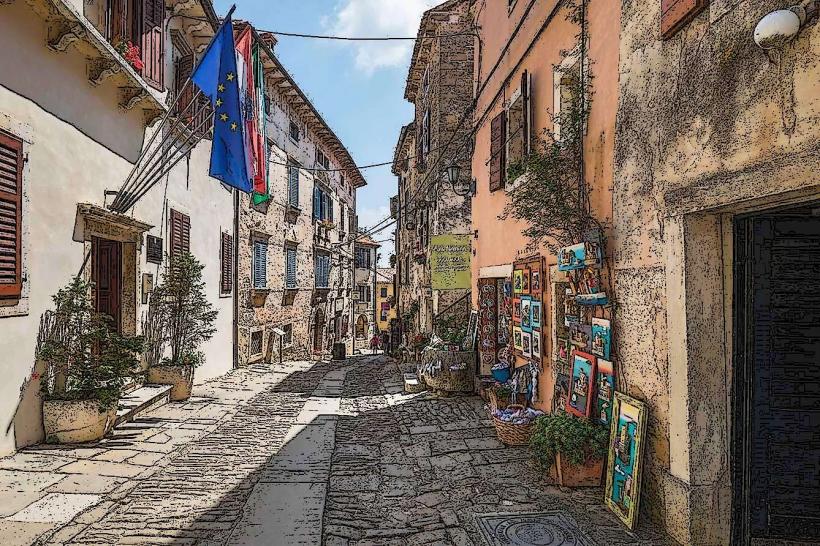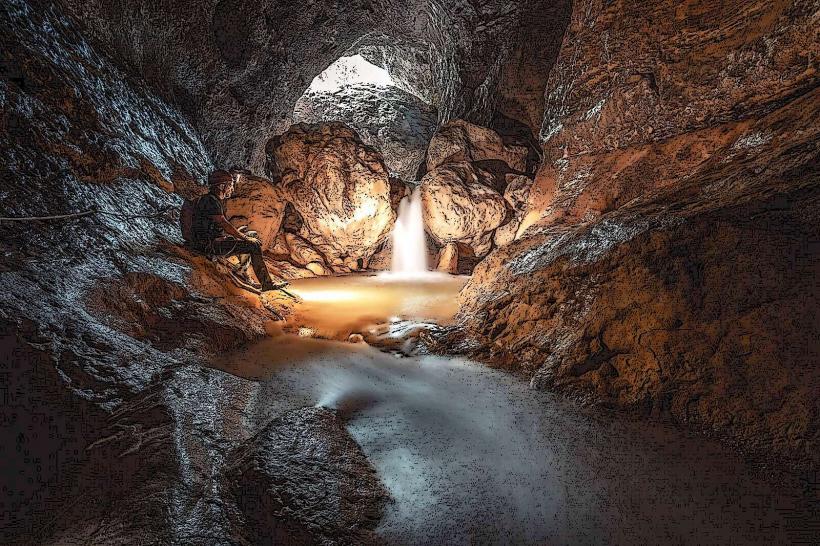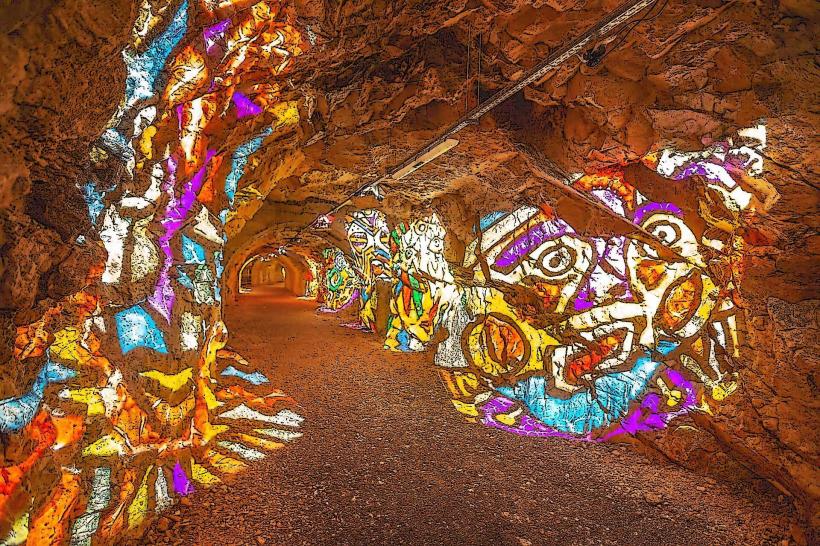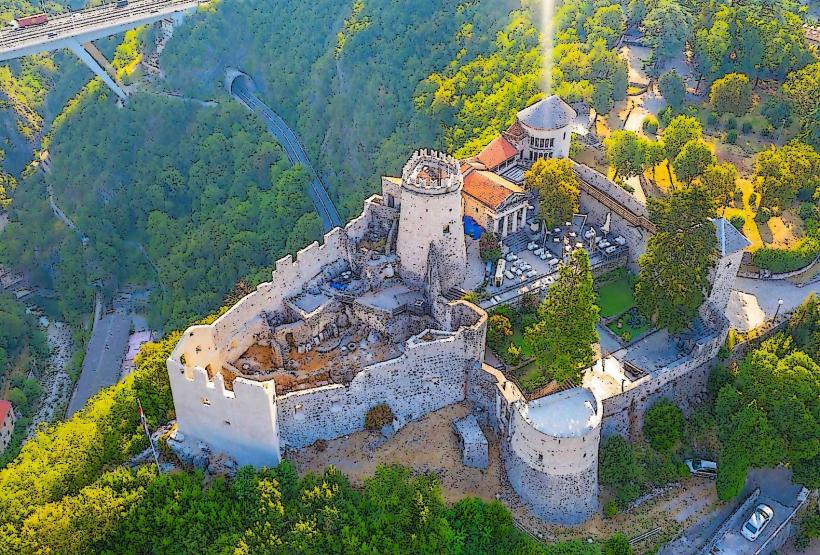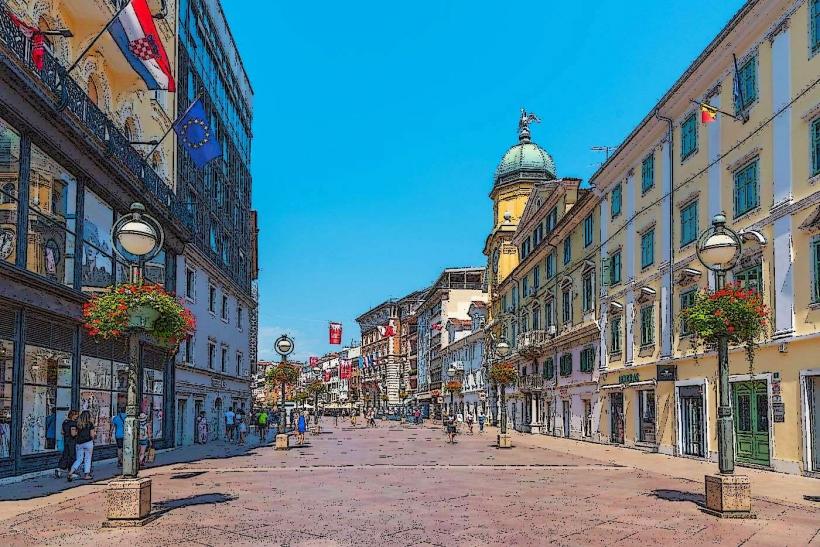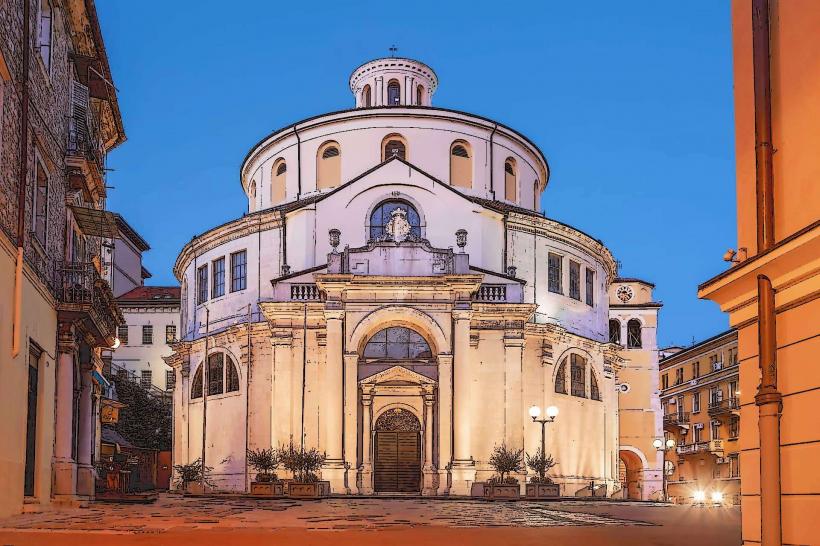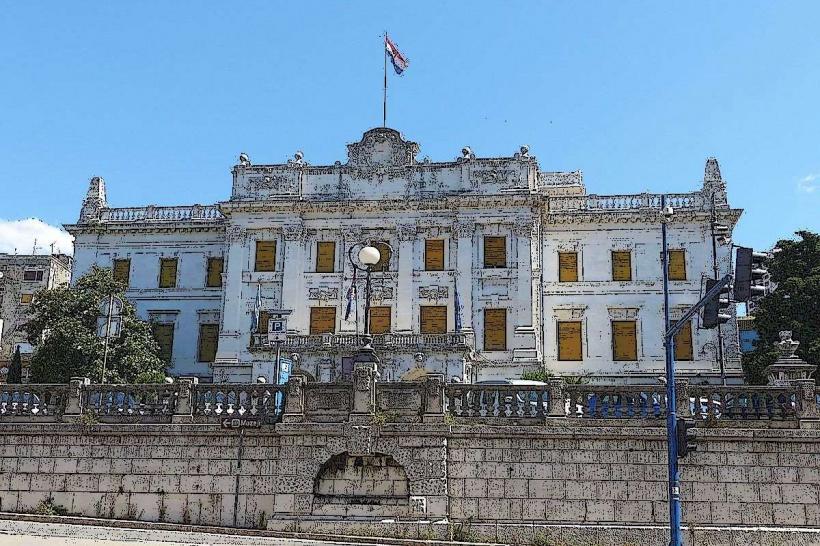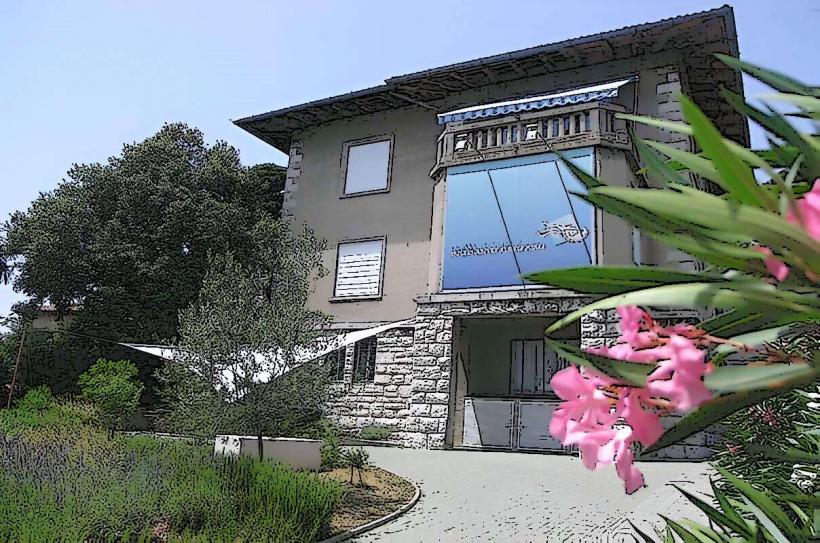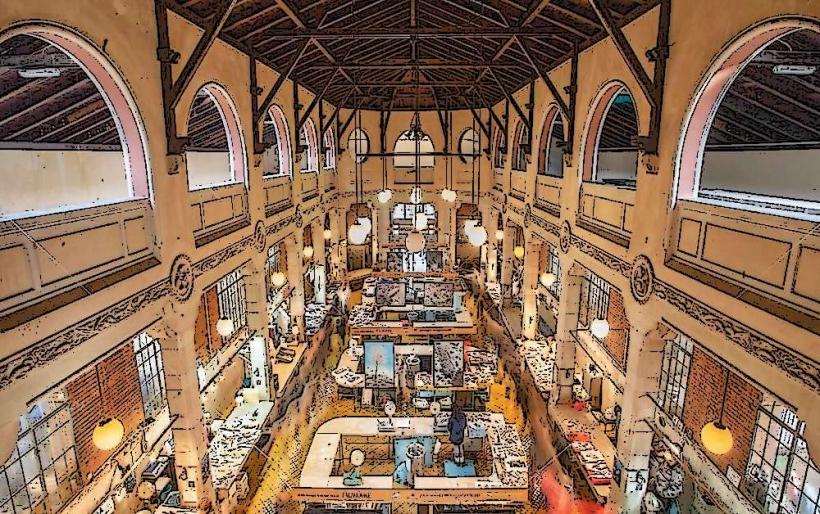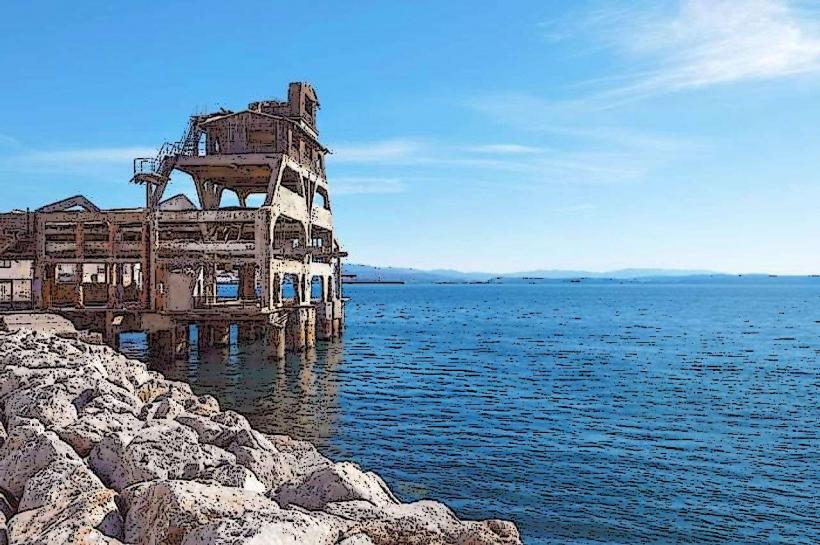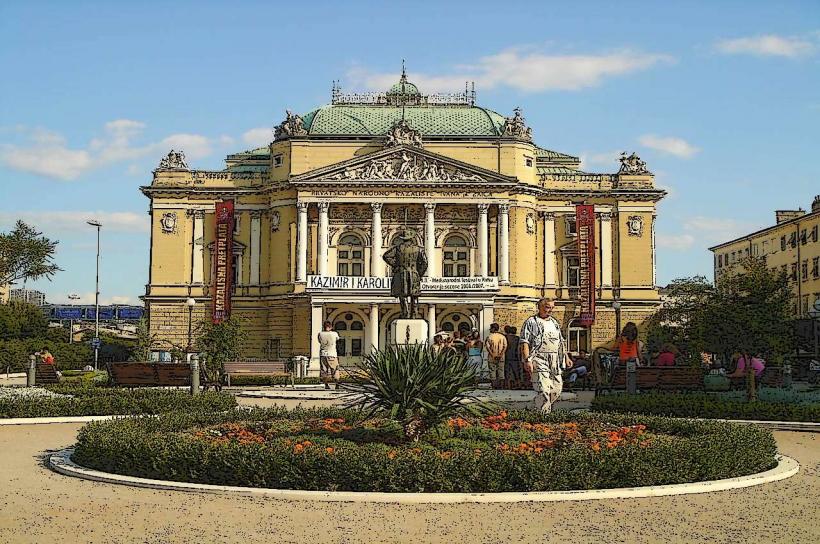Information
Landmark: Maritime and History MuseumCity: Rijeka
Country: Croatia
Continent: Europe
Maritime and History Museum of the Croatian Littoral (Pomorski i povijesni muzej Hrvatskog primorja) – Rijeka, Croatia
The Maritime and History Museum of the Croatian Littoral (Croatian: Pomorski i povijesni muzej Hrvatskog primorja) is a key cultural institution located in Rijeka, Croatia, dedicated to the rich maritime and historical heritage of the Kvarner Bay region and the Croatian Littoral. This museum offers a fascinating journey through the history of the city, its maritime traditions, and the broader cultural and historical context of the northern Adriatic.
History and Origins
- Establishment: The museum was founded in 1954, reflecting Rijeka’s long history as a major maritime port and industrial hub. Its creation was a response to the city’s need to preserve and showcase its rich maritime and historical heritage, which was crucial to its development.
- Evolution: Originally focused on maritime history, the museum's scope has gradually expanded to encompass various aspects of Rijeka’s history, including the city’s role in the Austro-Hungarian Empire, its industrial past, and its social development. The museum’s collection has grown over time to include important artifacts, models, and documents from different historical periods.
- Current Role: Today, the museum serves as a significant cultural institution in Rijeka, offering insights into the maritime history of the region, the development of the city, and the broader historical context of the Adriatic coast.
Location and Architecture
- Museum Building: The museum is housed in a historic palace, the Governor’s Palace (Guvernerova palača), a splendid building constructed in the 19th century that was once the residence of the Austro-Hungarian governor of Rijeka. The palace’s neo-Renaissance style provides a grand and fitting backdrop for the museum’s exhibits.
- Interior Layout: The museum occupies several floors of the Governor’s Palace, with rooms dedicated to different thematic collections. The building’s architecture itself is an important part of the museum experience, offering a glimpse into the aesthetic preferences of the Austro-Hungarian era.
Collections and Exhibits
- Maritime Heritage: The museum’s maritime collection is one of its most important features, reflecting Rijeka’s role as a prominent port city on the Adriatic. The exhibits cover a wide range of maritime topics, including shipbuilding, navigation, seafaring traditions, and the city’s shipyards. Visitors can see historical ship models, nautical instruments, sailing maps, and other maritime artifacts that illustrate Rijeka's vital connection to the sea.
- Rijeka’s History: The museum also showcases the social, political, and industrial history of Rijeka. Exhibits cover the city’s role under the Austro-Hungarian Empire, its industrial revolution, and its transformation into a major economic hub. Photographs, documents, and artifacts from different periods provide a comprehensive overview of the city’s evolution.
- Ethnographic Collections: In addition to the maritime and historical displays, the museum holds collections related to traditional life in the Croatian Littoral region. These include folk costumes, tools, ceramics, and items related to the cultural practices and customs of the local population.
- Temporary Exhibitions: The museum regularly hosts temporary exhibitions, which focus on specific themes related to the maritime and historical heritage of the region. These exhibitions often feature works by contemporary artists or special events commemorating important milestones in the city’s history.
Key Features
- Ship Models: One of the standout features of the museum is its extensive collection of historical ship models, which showcase the evolution of shipbuilding in Rijeka and the Adriatic region. The models range from ancient and medieval ships to more modern vessels.
- Nautical Instruments: The museum houses a collection of historical navigation instruments, such as compasses, sextants, and charts, used by sailors in the region throughout history.
- Documents and Maps: The museum boasts a rich archive of documents, maps, and blueprints, some of which date back centuries, offering valuable insights into the city’s maritime activities and history.
- Interactive Displays: Some exhibits incorporate interactive displays and digital media, allowing visitors to engage more deeply with the content. These modern features help bring the historical themes to life in a more dynamic way.
Educational and Cultural Role
- Learning and Workshops: The museum is dedicated to educating visitors about the maritime and historical heritage of the region. It regularly organizes workshops, lectures, and educational programs for school groups, students, and visitors of all ages. These programs are designed to provide a deeper understanding of Rijeka’s history and maritime significance.
- Events and Festivals: The museum hosts a variety of cultural events throughout the year, including maritime festivals, themed exhibitions, and guest lectures. These events often coincide with major national holidays or international celebrations related to maritime culture and history.
Visiting the Museum
- Opening Hours: The museum is generally open to the public year-round, with occasional closures for special events or maintenance. It’s recommended to check the museum’s website for up-to-date information on opening hours and any changes to its schedule.
- Admission Fees: Entrance to the museum is usually subject to a modest fee, with discounts available for students, seniors, and children. Special rates may apply for group visits or special exhibitions.
- Guided Tours: Visitors can take part in guided tours, which provide deeper insights into the museum’s collections and the history behind the exhibits. The tours are usually available in both Croatian and English, making it accessible to international visitors.
Why Visit the Maritime and History Museum of the Croatian Littoral?
- Rich Maritime Heritage: The museum offers a fascinating exploration of Rijeka’s long and storied history as a maritime city, including its shipbuilding traditions and role as a major port on the Adriatic Sea.
- Comprehensive Historical Context: The museum provides a thorough look at Rijeka’s development, from its days under the Austro-Hungarian Empire to its role as a modern industrial city, allowing visitors to gain a deeper understanding of the city’s historical evolution.
- Diverse Collections: With exhibits on ship models, nautical instruments, folk traditions, and Rijeka’s industrial past, the museum offers a wide range of interests, from maritime enthusiasts to history buffs.
- Interactive Learning: The museum’s interactive displays and educational programs offer visitors of all ages the chance to engage with history in a more hands-on way.
- Cultural and Educational Hub: As a center for learning and cultural events, the museum plays an important role in Rijeka’s vibrant cultural scene, offering a space for both reflection and celebration of the city’s rich heritage.
Conclusion
The Maritime and History Museum of the Croatian Littoral is a must-visit destination for those interested in exploring the maritime and industrial history of Rijeka and the Croatian Littoral. With its diverse collections, fascinating exhibits, and engaging programs, the museum provides an invaluable opportunity to understand the city’s historical role on the Adriatic Sea and its evolution into the modern era.

